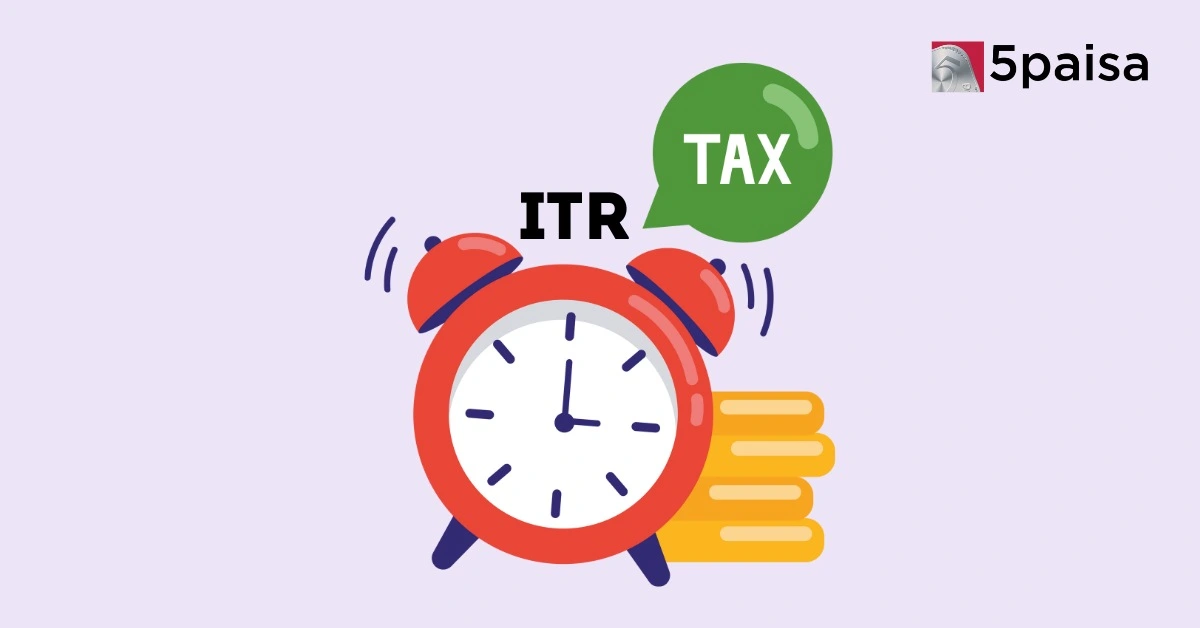U.S. Fed FOMC Meeting Calendar: Key Dates for 2025 Policy Decisions
What Does Insolvency Resolution Process Mean?

The Indian parliament passed the Insolvency and Bankruptcy Code (IBC) in 2016, enacting a legislation that governs the Corporate Insolvency Resolution Process (CIRP) in the country. Before the IBC, archaic laws led to delays in the insolvency resolution process and made it difficult for lenders to recover money stuck in bankrupt companies.
The code introduced a creditor-driven and time-bound insolvency resolution process to maximize the value of assets for lenders and also to ensure continuity of operations, where feasible. It seeks to balance the interests of all the stakeholders and instils a culture of credit discipline by imposing penalties for non-payment and ensuring that creditors have a clear path for recovering dues.
The CIRP also strengthens the credit markets by ensuring timely and efficient resolution of insolvency cases.
What is Insolvency Resolution Process?
The IBC has been instrumental in changing the credit culture in India by providing a legal framework for early identification and resolution of financial distress. The IBC entails taking a firm under the CIRP, transferring its management to an insolvency professional, making a list of creditors, forming a committee of creditors (CoC) and looking for a resolution applicant who could repay some of the dues and revive the borrower’s operations.
In case the CIRP doesn’t lead to a successful resolution applicant, then liquidation process is initiated.
Here is a step-by-step guide on how the process works:
1) Taking the defaulter to NCLT: Any creditor, financial or operational, is allowed to take a defaulter to court to start the CIRP. The creditor files a petition in the National Company Law Tribunal (NCLT) to admit the defaulter into CIRP. The NCLT, after hearing the defaulter’s case, decides whether or not it should be admitted into CIRP.
2) Appointing IRP: Once the defaulter has been admitted into CIRP, the NCLT appoints an interim resolution professional, or IRP, to take over the operations of the company from the current management. Also, there is a moratorium on debts of the company during the resolution process.
3) Submission of claims: The IRP invites application from creditors—financial, operational, employees etc—to submit their claims.
4) Formation of CoC: The IRP then invites the lenders to form a Committee of Creditors, or CoC. The first task of the CoC, usually is to either confirm the IRP as the resolution professional or appoint a new one.
5) Inviting Resolution Applicants (RAs): The resolution professional then invites anyone interested in paying off the creditors and taking over the operations of the defaulter.
6) Selection of successful RA: The CoC then votes on all the resolution applicants and selects a plan that helps both with maximum recovery and shows the best promise of continuity of operations.
7) NCLT approval for RA: The NCLT must give final approval to the successful resolution plan.
In case there is no successful RA then the company is sent into liquidation.
What are the results of initiating an IRP?
The Insolvency Resolution Process can lead to several outcomes:
Moratorium on debt repayment and legal proceedings: Once the NCLT admits a company into the CIRP, no legal proceedings can be initiated or continued against the defaulter. Also, all debt comes under moratorium from that moment.
Change in management: The management of the company is passed to a resolution professional.
Successful Resolution: A new management approved by the CoC may end up taking over the defaulter.
Liquidation: If the CIRP fails to find a successful resolution applicant within the deadline, then the NCLT may give the resolution professional approval to send the defaulter into liquidation.
Creditor Recovery: Financial creditors get the first charge on any recovery, followed by operational creditors that may include government dues and employees.
Impact on shareholders: Usually, shareholders see complete dilution of equity, depending on the resolution plan.
Depending on the resolution plan approved by the CoC, the debtor may either emerge from insolvency as a going concern with restructured debt and operational model or it may go into liquidation if a resolution is not viable.
Conclusion
By initiating an IRP, the objective is to resolve insolvency in a structured and time-bound manner, balancing the interests of all stakeholders involved and preserving the value of the defaulter’s business as much as possible.
The CIRP under the Insolvency and Bankruptcy Code has led to much faster recovery of assets for creditors and resolution of a bankrupt firm. As of now, the IBC continues to evolve, with ongoing discussions about further refinements to address challenges like delays in real estate project resolution, operational creditors getting a measly sum, and promoters of defaulting companies getting a way back into the business.
Frequently Asked Questions
How many stages are involved in the corporate insolvency resolution process?
What is the deadline for the completion of Corporate Insolvency Resolution Process?
What is the minimum default amount for initiating CIRP?
Can a CIRP be withdrawn?
Which creditor gets precedence in CIRP?
- Flat ₹20 Brokerage
- Next-gen Trading
- Advanced Charting
- Actionable Ideas
Trending on 5paisa
Business and Economy Related Articles
Disclaimer: Investment in securities market are subject to market risks, read all the related documents carefully before investing. For detailed disclaimer please Click here.

 5paisa Capital Ltd
5paisa Capital Ltd




